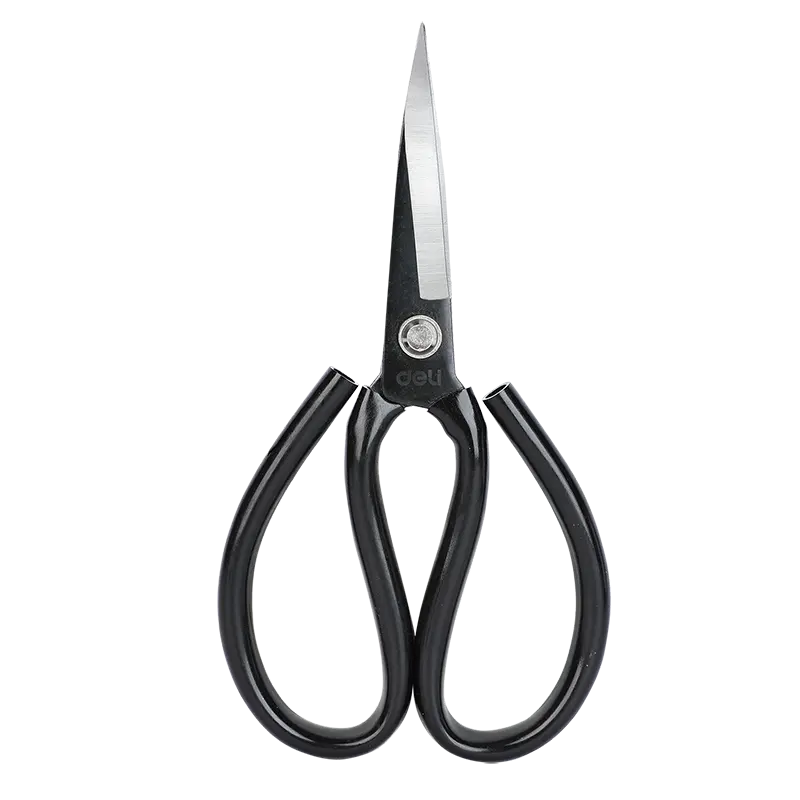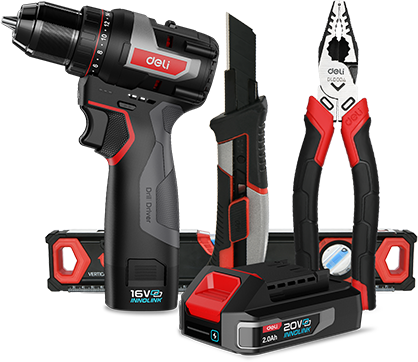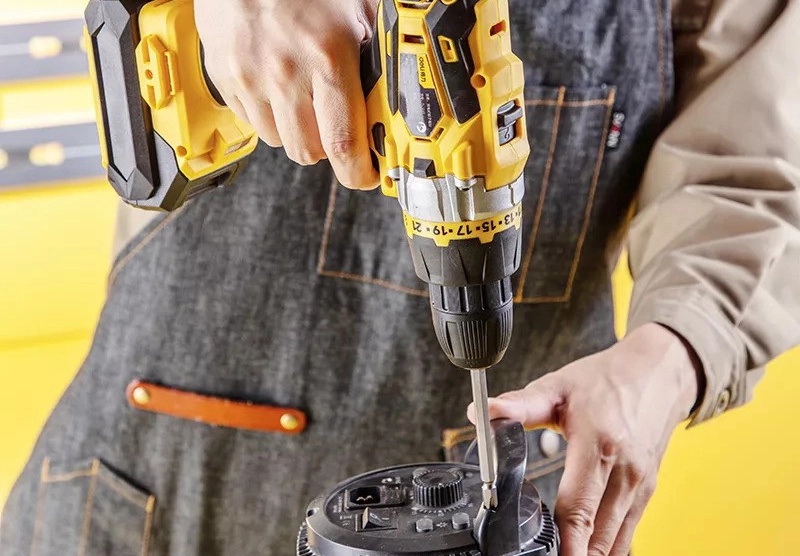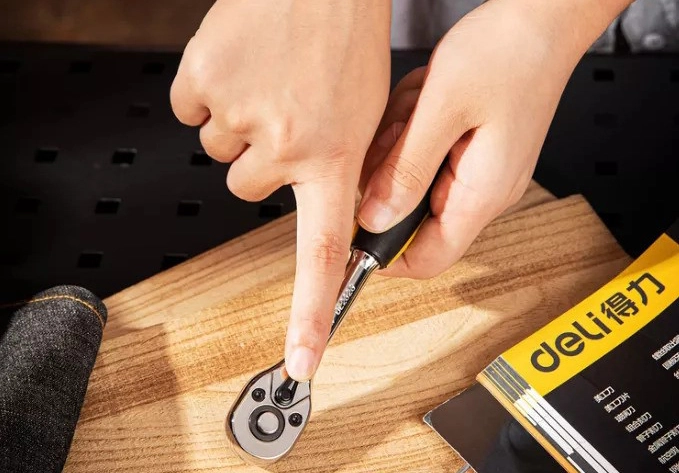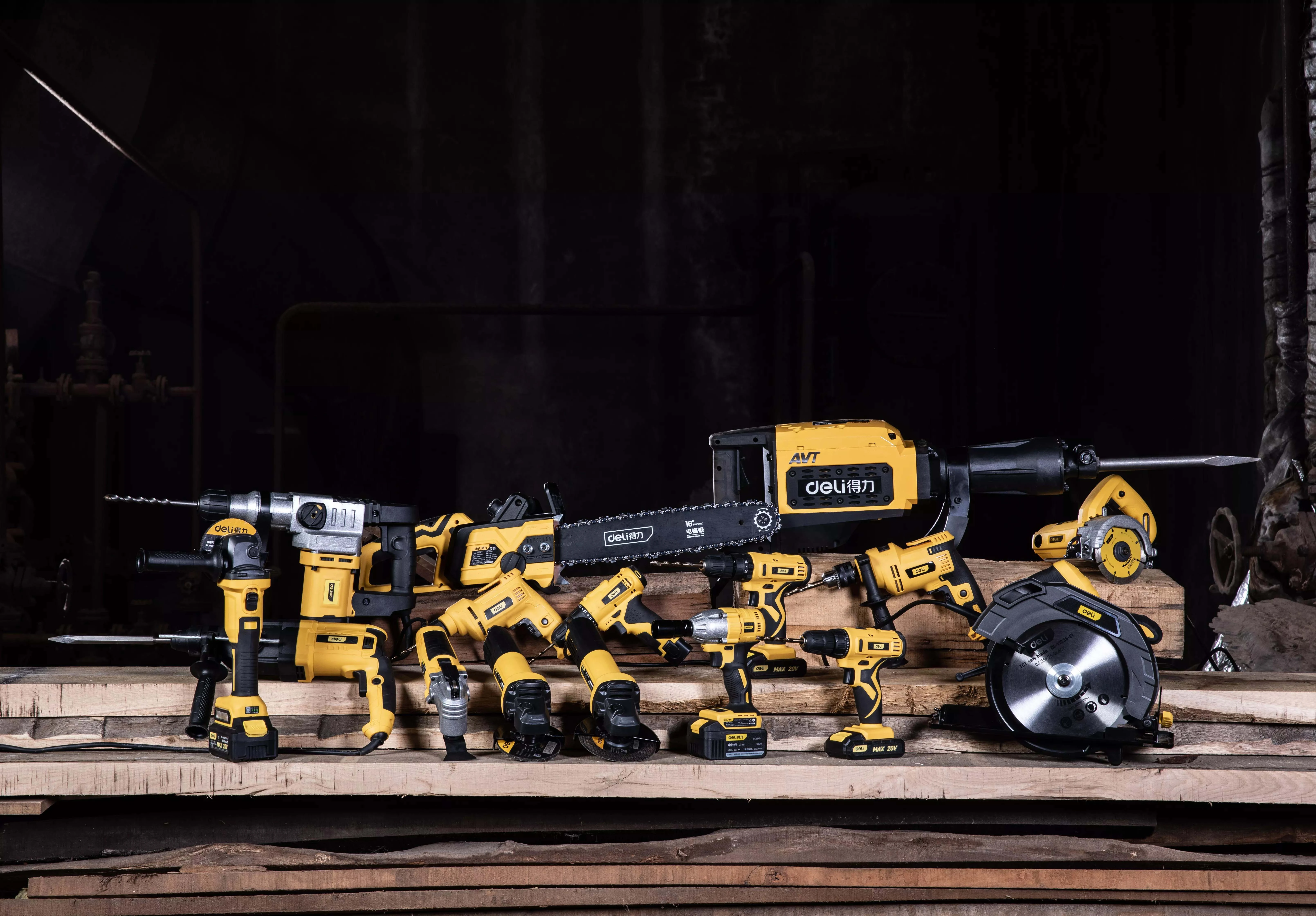Finding the perfect tape measure for precision work requires understanding the nuances that differentiate quality tape measures from the myriad of options available on the market. Precision work, whether it's in woodworking, construction, or crafting, demands tools that offer accuracy, durability, and ease of use. In this article, we delve into how to choose a tape measure that meets these criteria, ensuring your measurements are always spot on.
Understanding Tape Measure Features for Accuracy
When it comes to precision work, not all tape measures are created equal. The core feature to look for is a clear and concise marking system. A tape measure for precision tasks should have both imperial and metric measurements to cater to different project requirements. Additionally, the standout of the tape measure—the distance the tape extends before bending—is crucial for solo projects, allowing for longer measurements without assistance.
Another essential feature is a locking mechanism that holds the tape firmly in place when measuring. This prevents the tape from retracting unexpectedly and ensures accuracy. The end hook also plays a pivotal role in measurement precision. A true zero end hook, which compensates for its own thickness, can make a significant difference in achieving accurate measurements.
Choosing the Right Material and Durability
The material of the tape measure from China top measuring tape factory significantly impacts its durability and suitability for various environments. For indoor use, a plastic or fiberglass tape measure may suffice. However, for more rugged outdoor or workshop environments, a metal tape measure coated with nylon or acrylic is preferable for its resilience to wear and tear.
Water resistance and rustproof features are also critical for longevity, especially in moist or humid conditions. The housing of the tape measure should be robust enough to withstand drops and knocks. Rubberized grips can enhance durability by providing shock absorption.
Ease of Use and Ergonomics
Ergonomics play a vital role in selecting a tape measure by measuring tape supplier for precision work. A tape measure with an ergonomic design ensures comfort during extended use and reduces the risk of hand fatigue. The weight of the tape measure should be balanced; it should be lightweight enough for easy handling but heavy enough to ensure stability when extended.
The retraction mechanism is another aspect of ease of use. A controlled retraction system prevents the tape from snapping back quickly, reducing the risk of injury. Additionally, a wide and readable blade with a curved surface can make it easier to read measurements at a glance without straining your eyes.
Additional Features Worth Considering
Beyond the basics, some additional features can enhance the functionality of a tape measure for precision work. For instance, magnetic hooks can be incredibly useful for solo measurements on metal surfaces, securely holding the end of the tape in place. Similarly, double-sided printing of measurements allows for reading from any angle, adding convenience to your measurement tasks.
A standout feature for those frequently working in low light conditions is a glow-in-the-dark or LED-illuminated blade. This feature ensures measurements can be read in any lighting condition, avoiding errors due to poor visibility.
In conclusion, selecting the right tape measure from Deli Tools Global for precision work is about more than just picking up the nearest tool. It involves careful consideration of features that enhance accuracy, durability, ease of use, and ergonomics. By prioritizing these aspects, you can ensure that your tape measure not only meets but exceeds your precision measurement needs. Remember, the key to flawless work lies in the accuracy of your tools, making the choice of a tape measure a critical decision in any precision task.



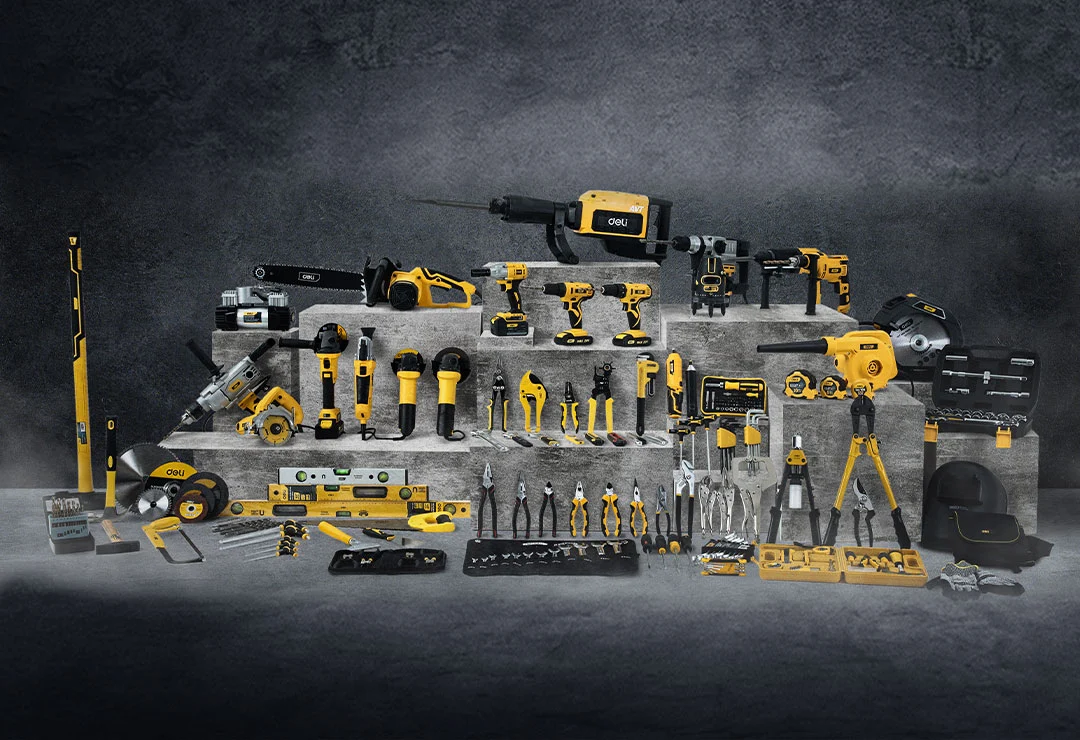
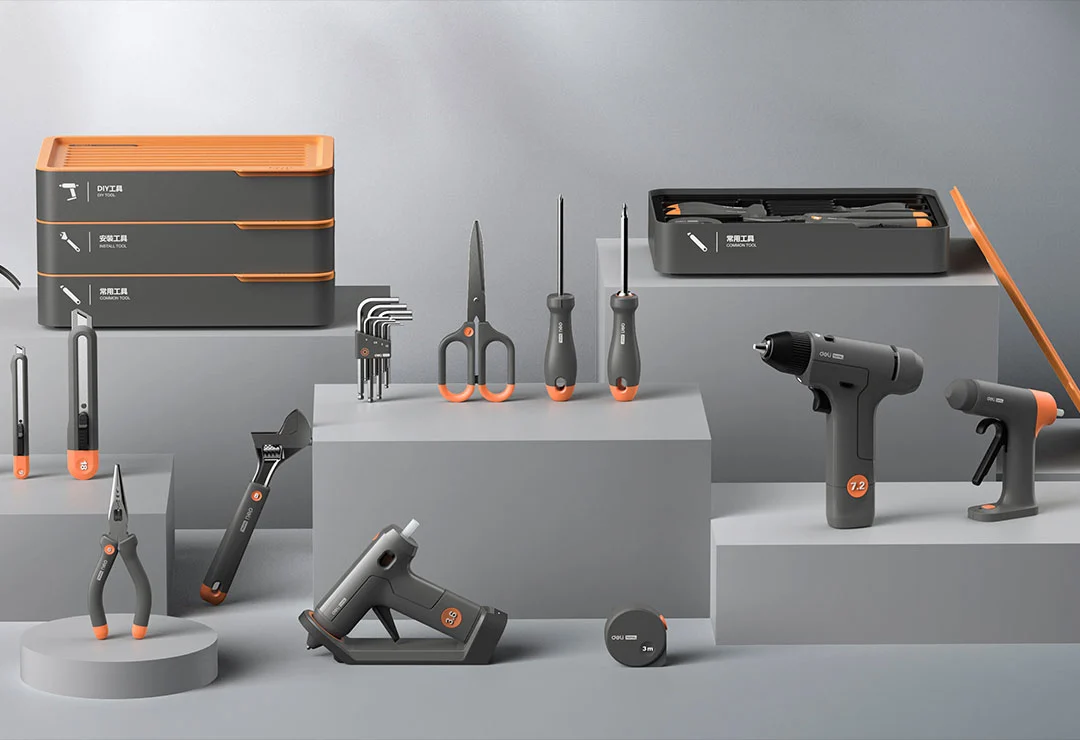
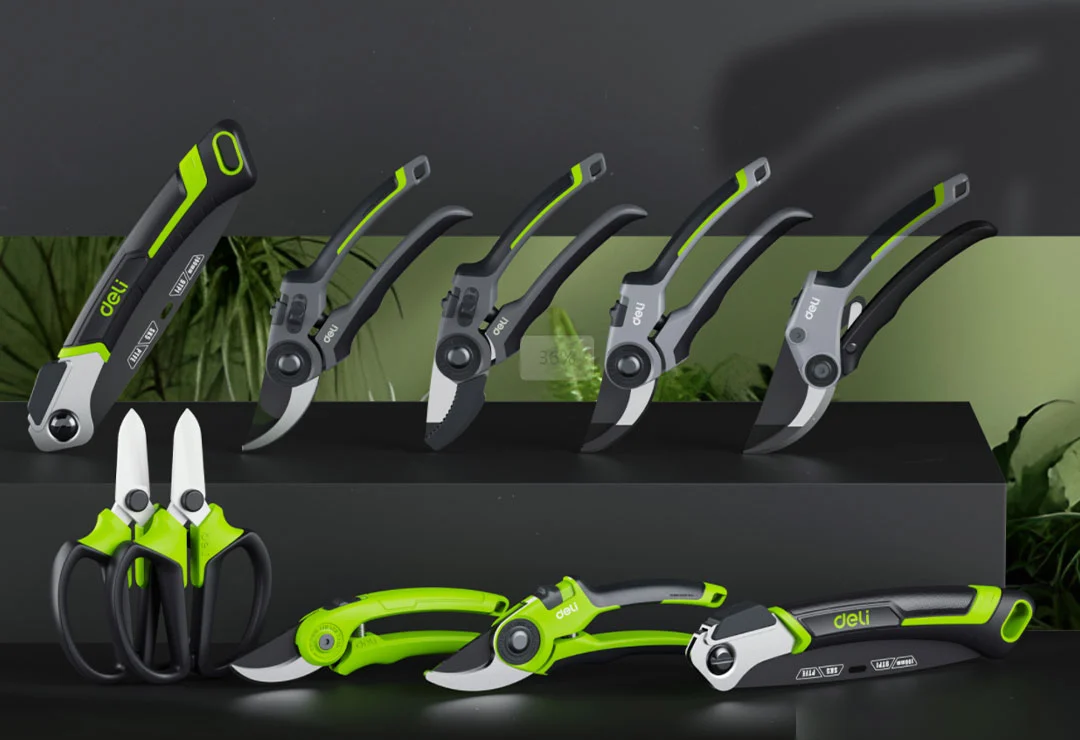
 EN
EN
 jp
jp  ko
ko  fr
fr  de
de  es
es  it
it  ru
ru  pt
pt  ar
ar  vi
vi  th
th  hi
hi  pl
pl  id
id  el
el 